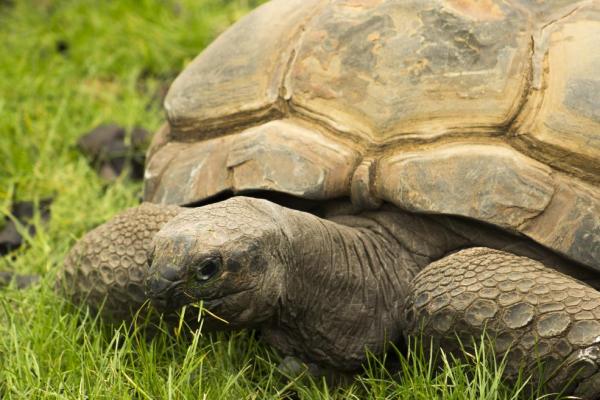
TEL AVIV, Israel, Feb. 2 (UPI) — Researchers at Tel Aviv University have found evidence that some humans’ earliest relatives supplemented their diet with tortoises.
The remains of roasted tortoises, some butchered, were found in a cave in Israel alongside the bones of hunter-gatherers who lived 400,000 years ago.
“The evidence shows they regularly ate turtle,” Ran Barkai, an archaeologist at Tel Aviv, told the New York Times. “It was a sort of supplementary dish, maybe like a dessert or an opener to dinner.”
Barkai and his colleagues believe the hunter-gatherers from the late Lower Paleolithic period mostly consumed game — deer, cattle, wild horses — and vegetable matter. But hunting wild game is difficult, and turtles likely presented an easy target for hungry hominids, even if they offered a smaller caloric payoff.
“Until now, it was believed that Paleolithic humans hunted and ate mostly large game and vegetal material,” Barkai told Popular Archaeology. “Our discovery adds a really rich human dimension — a culinary and therefore cultural depth to what we already know about these people.”
Researchers say it’s possible the tortoises represent an early example of division of labor.
“Maybe members who were not otherwise involved in hunting large game, who could manage the low effort required to collect these reptiles — perhaps the elderly or children,” said Avi Gopher, an archaeologist at Tel Aviv.
The new evidence of ancient tortoise consumption was detailed in the journal Quaternary Science Reviews.
Teeth found alongside the tortoise remains suggest the early hunter-gatherers were more anatomically advanced than Homo erectus and boasted modern features similar to Neanderthal traits. But the identity of the hominids hasn’t been confirmed.
The teeth and tortoise remains were found in Qesem Cave, a fossil-rich site discovered accidentally during a road construction project in 2000.






